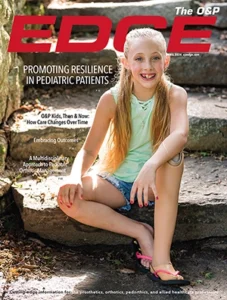President Trump has issued the fiscal year (FY) 2019 President’s Budget for the U.S. Department of Health and Human Services (HHS). While a final budget may not include these items, they preview the administration’s positions on reforming the Medicare appeals process, according to the legal website JD Supra. The budget includes the following items:
· Include $127 million per year in mandatory funding to invest in addressing the backlog of pending Medicare appeals.
· Change the standard of review by the Departmental Appeals Board (DAB) from de-novo to an appellate-level, which will increase adjudication capacity by up to 30 percent.
· Establish a post-adjudication user fee for appeals to the Office of Medicare Hearings and Appeals (OMHA) and DAB, the third and fourth level of appeals.
· Increase the minimum amount in controversy required for an adjudication to the Administrative Law Judge (ALJ) level (currently $1,600). Appeals that do not meet this threshold would be adjudicated by a Medicare magistrate.
· Allow OMHA to use Medicare magistrates for appealed claims that do not meet the newly proposed amount in controversy threshold. This policy would enable ALJs to focus on more complex and higher amount in controversy appeals, while ensuring that all appealed claims are adjudicated.
· Allow OMHA to issue decisions without hearings if there is no material fact in dispute.
· Limit the right to appeal a redetermination of a claim that was denied because no documentation was submitted to support the items or services billed.
· Remand appeals to the redetermination level with the introduction of new evidence.
· Require a good-faith attestation on all appeals that appellants are entitled to receive Medicare reimbursement and imposing liability for civil monetary penalties on appellants who submit attestations that are found to be unreasonable or made in bad faith.
· OMHA requested $251 million in funding, an increase of $144 million over the funding provided in the FY 2018 Continuing Resolution. OMHA said this request would result in 106,000 additional dispositions per year.




